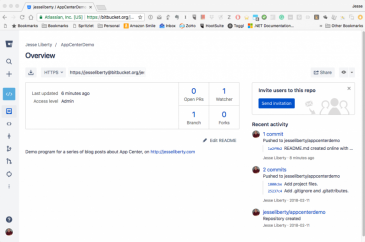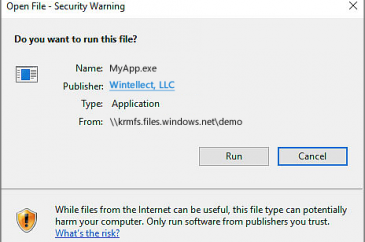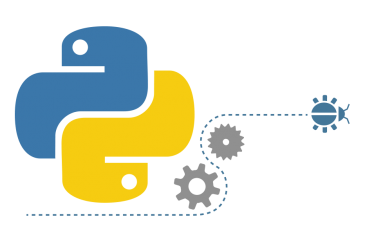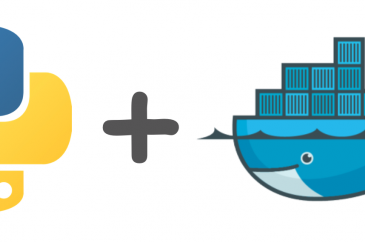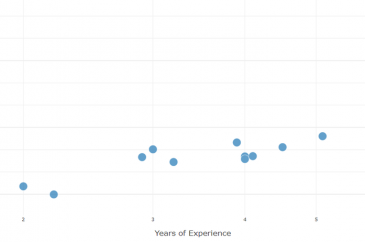
Implement a CAPTCHA with Azure Functions
CAPTCHA’s are those things that site administrators love because they stop comment and form spam but user hate because they are impossible to read. Regardless though, they have become a mainstay in Internet usage, particularly on websites that allow for unauthenticated feedback. CAPTCHA’s are intended to prevent automated responses from computers by generating a test that…

